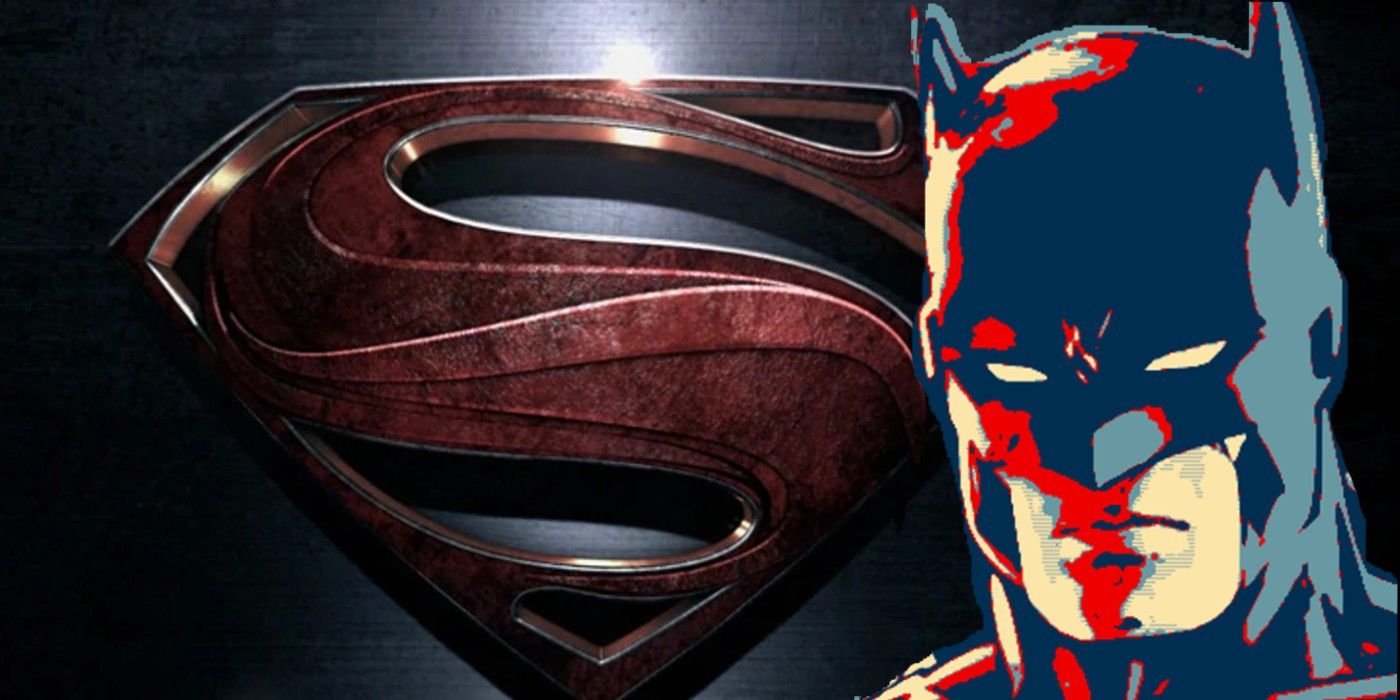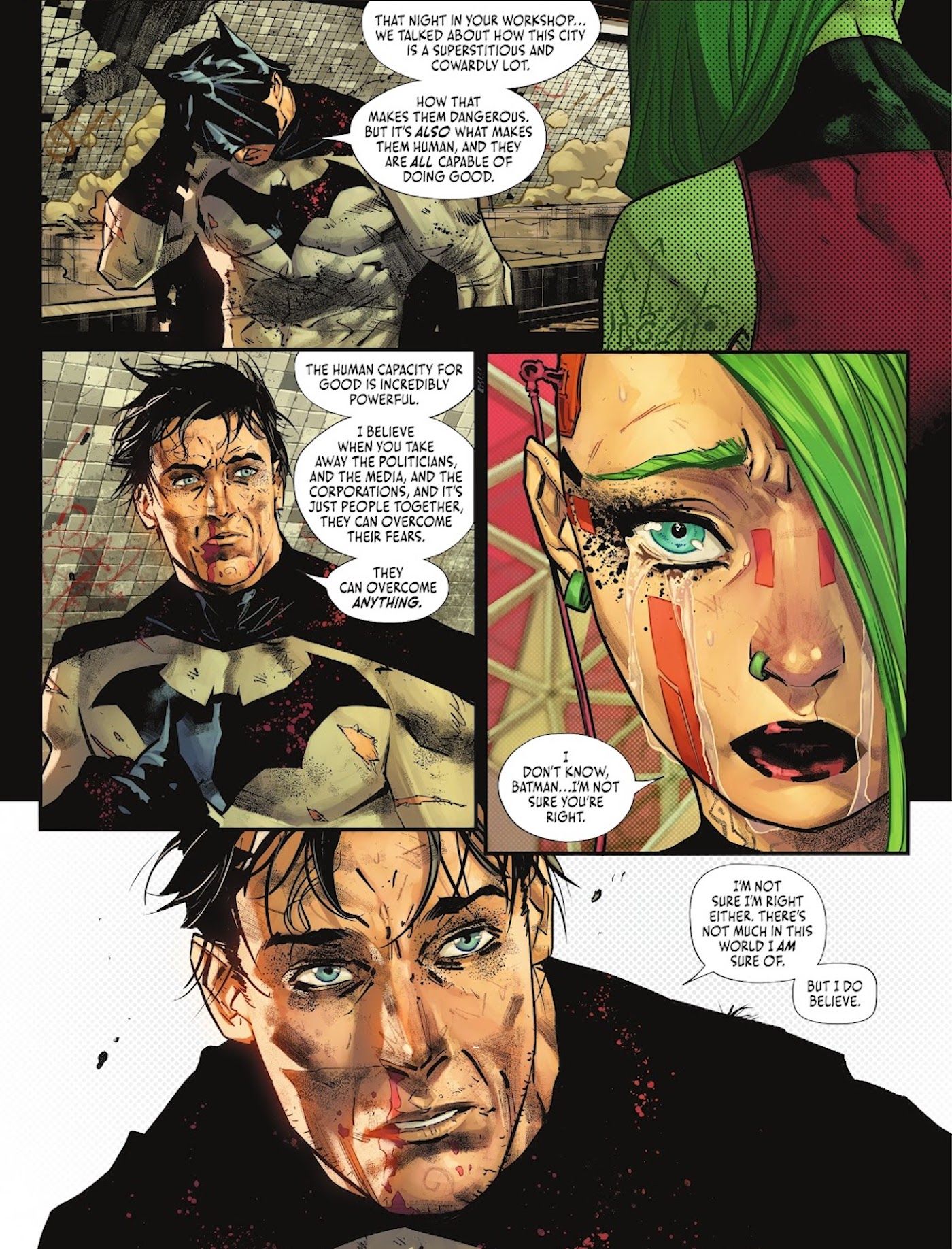Warning! Spoilers ahead for recent issues of Batman and Action Comics!
Even though the symbol on Superman’s chest is supposed to represent “hope,” DC Comics has been proving in recent stories that Batman is actually a much more hopeful hero than the Man of Steel. In the lead-up to Superman’s Warworld Saga event, he has displayed less of the optimism that fans have come to associate him with. On the other hand, the conclusion of Batman’s Fear State event shows that he still has faith in humanity.
Both members of DC’s World’s Finest duo have been wrapped up in massive crossover events that have pushed them to their limits. Fear State has seen Batman grappling with the paramilitary organization the Magistrate, which has taken over Gotham City as part of the mayor’s crusade against masked vigilantes. Pulling the strings behind the Magistrate is Scarecrow, who hopes to create so much fear among the citizens of Gotham that the city evolves into something new. Superman has recently encountered a group of Kryptonians who fled Warworld, a gladiatorial planet ruled over by Mongul. While he sets off to free the inhabitants of Warworld, he has passed the mantle of Superman on to his son Jonathan to keep watch over the Earth.
Batman #117 by James Tynion IV and Jorge Jimenez sees the conclusion of the Fear State event. After taking down Scarecrow and the Magistrate, Batman discovers his ally Miracle Molly has rewired Scarecrow’s fear bomb, hoping to use it to erase all trauma from the citizens of Gotham so they can start fresh. Batman manages to convince her that such a step is not necessary, arguing that people can make positive changes on their own without being pushed by such extreme measures. “The human capacity for good is incredibly powerful,” he says. “I’m not sure I’m right, either. There’s not much in this world I am sure of. But I do believe.” This worldview is in sharp contrast to Superman’s recent actions, where he doesn’t seem to think that people can create change on their own and that it is up to him to interfere.
In Action Comics #1033 by Phillip Kennedy Johnson and Christian Duce, the U.S. Navy and the forces of Atlantis are in a standoff over a Genesis fragment. Superman and his family arrive on the scene to prevent any hostilities from boiling over into outright war. His presence really only serves to exacerbate tensions and in the following issue he takes the Genesis fragment, warning everyone not to come looking for it. While he rarely gets involved in matters of state or politics, Superman does not trust the Atlanteans or the Americans with the fragment, knowing that if they are left to their own devices they will not do the right thing.
As he sets off to liberate the inhabitants of Warworld, Superman is not waiting for the Justice League to help him in his mission. Instead, Superman and the Authority by Grant Morrison and Mikel Janin sees him recruit a team of anti-heroes to accompany him on his journey. By turning to the Authority, a team notorious for using extreme measures to stop threats before they happen, Superman is showing that he is breaking with his usual moral code.
DC Comics is showing more and more that Superman is not always the paragon of hope that he is often held up to be. In Superman: Son of Kal-El #2 by Tom Taylor and John Timms, he acknowledges that he has not done much to combat things like climate change and inequality. Meanwhile, though he doesn’t get much attention for it, Batman is much more willing to put his faith in people to do the right thing. As his Bat-Signal shines in the sky above Gotham, it provides comfort to the people, who know that Batman is there to protect them, building him up as the symbol of hope that Superman once was.


